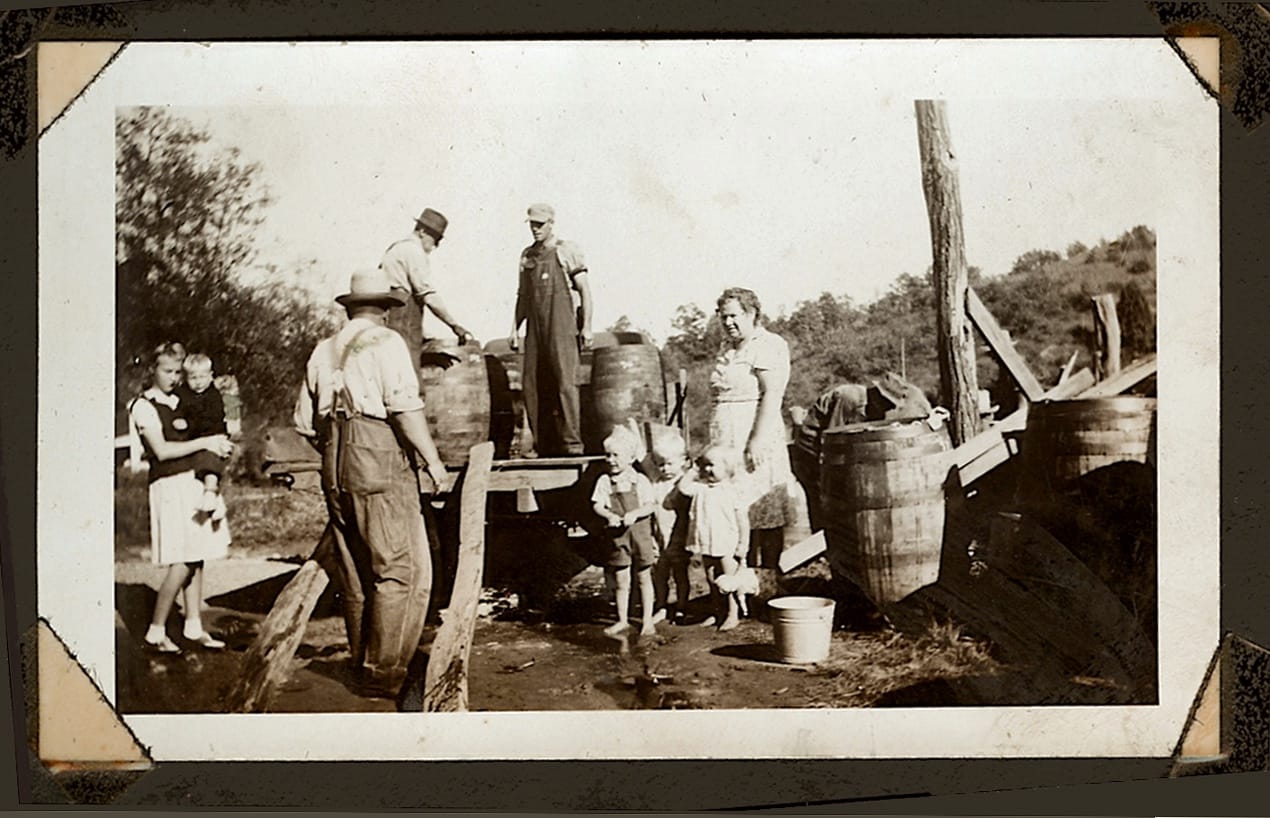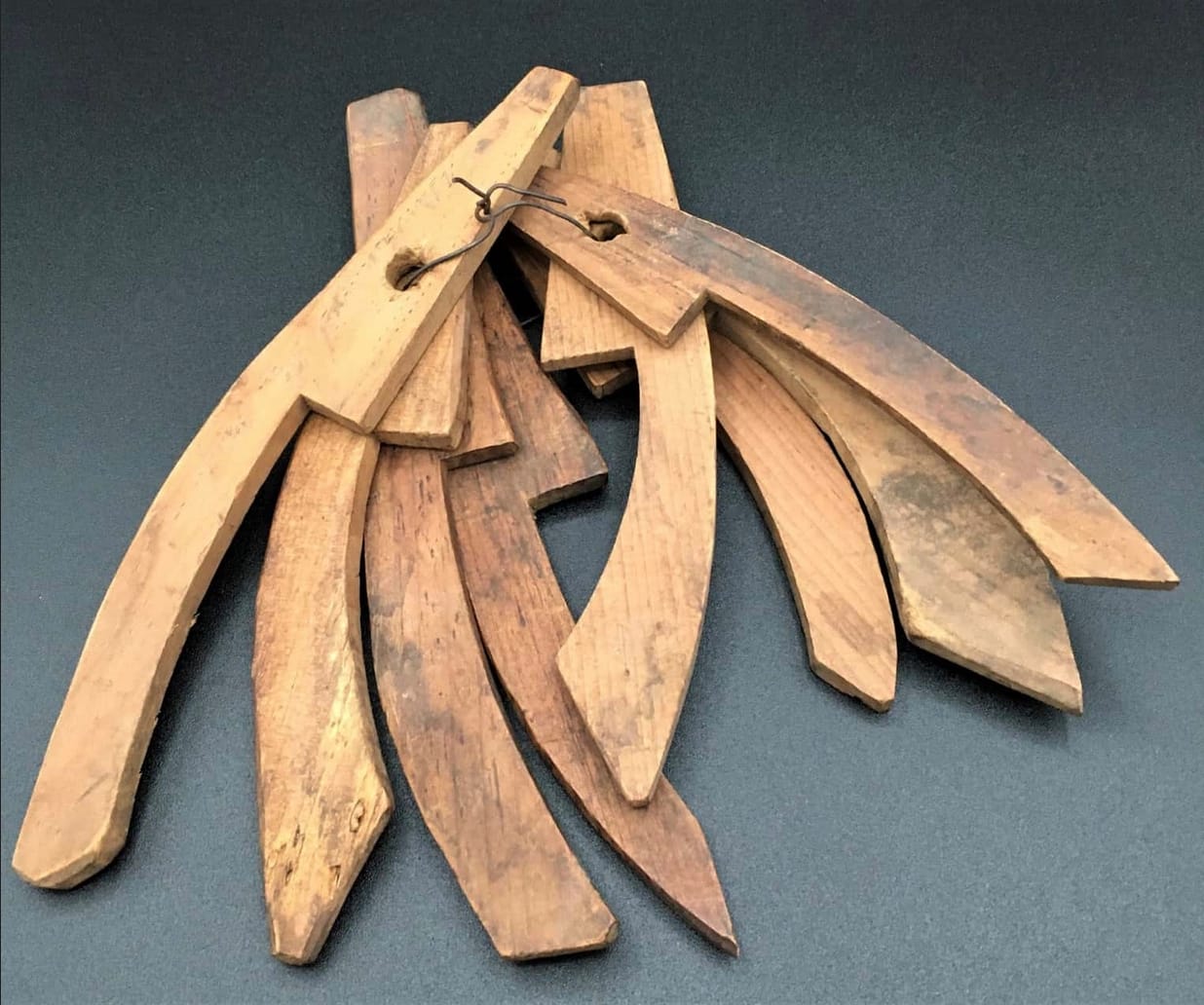Backstories and Backyards: Barrel-making
Kathleen Ingoldsby introduces an occasional column looking back into the stories behind everyday objects, connecting each item with the people, places and events of different eras in Floyd County history.

By Kathleen Ingoldsby
Kathleen Ingoldsby introduces an occasional column looking back into the stories behind everyday objects, connecting each item with the people, places and events of different eras in Floyd County history. Ingoldsby co-directs the Old Church Gallery's Floyd Story Center and was instrumental in documenting the town for its Virginia and National Historic Register listing.
In 19th-century Floyd County, a shipping container of choice would have been a stout barrel made of curved staves held together with metal hoops or bands.
Wooden barrels, casks, tubs and kegs held apples for transport, brandy for taverns, flour from the miller and nails for the carpenter. Really, anything that a crate couldn't hold went into a barrel of varying size and measure.
Barrels were specified wet or dry — either to ship dry goods (flour barrels held 196 pounds) or made more precisely to be watertight for liquids. Think of the wooden butter churn or a water barrel.
One mystery item in the Old Church Gallery's cultural object collections led to this story:

A set of templates in William T. Sowers' 1910s tool chest was truly a puzzle until photo magnification revealed faded pencil markings in 19th c. script: "For quarter hoop [unreadable word] barrel."
